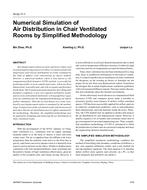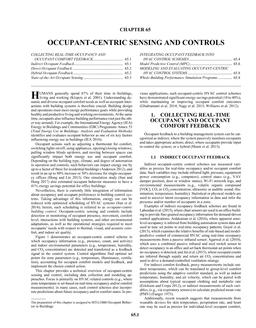The absorber is one of the most expensive components of an absorption heat pump or chiller, respectively. In order to reduce the cost of a heat exchanger, much effort is invested into searching for additives for heat transfer enhancement. Another way to reduce heat exchanger cost, especially for machines with low capacities, is to use an adiabatic spray absorber. The basic principle of the spray absorber is to perform heat and mass transfer separated from each other in two different components. In this way the heat can be rejected effectively in a liquid-liquid heat exchanger, whereas the mass transfer occurs subsequently in a simple vessel. The spray technique can not only save heat exchanger cost in conventional absorption systems working with water and lithium bromide, it also allows the use of quite different working fluids such as hydroxides, which have lower heat transfer coefficients in falling films. Moreover, the separated heat transfer can easily be performed in a liquid-to-air heat exchanger. Hence, it is obvious to use hydroxides that allow for a high temperature lift for building an air-cooled chiller with spray absorber. A single-effect absorption test plant with a cooling capacity of 15kW was built. Except for the generator (which is a direct-fired pool generator) plate heat exchangers are used exclusively. The working pair is a mixture of various hydroxides and water. The machine was tested extensively for more than a year and is now going to be rebuilt into a double-effect machine. It was shown that both the heat exchanger and the spray chamber of the absorber can be kept very small. Even the additional pumping energy required by the spray technique is low, if only the right nozzle is selected. Describes the theoretical and experimental investigations of the spray absorber as well as the setup. Finally, possible applications are outlined.
KEYWORDS: year 1996, absorption heat pumps, heat pumps, absorbers, absorbents, heat flow, heat exchangers, costs, economics, adiabatic, spray nozzles, comparing, temperature, flow rate, calculating
Citation: Symposium Papers, Atlanta, GA, 1996
Product Details
- Published:
- 1996
- File Size:
- 1 file , 830 KB
- Product Code(s):
- D-17190


